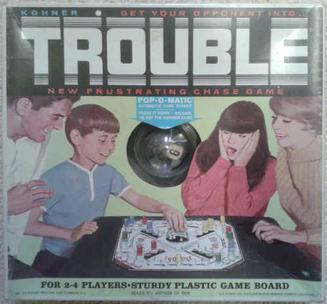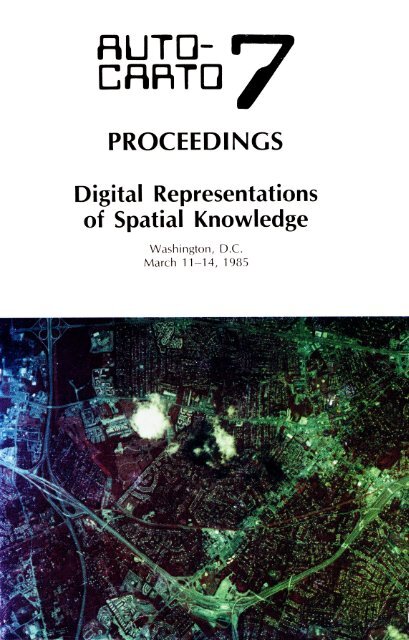
The feeling of holding them in your hands, fumbling and fondling them, rolling them between your fingers and palms, the weight and heft and rounded edges (if they have them), and then releasing those beauties into your current little game’s world. The best thing about dice is their tactile nature. Don’t tell me you’ve not noticed that a ‘5’ turns up more often after a ‘1.’ And so on… #8 – Speaking of which, true randomization is questionable. But, honestly, when searching your heart, do you really trust it to randomize truly? Oh, sure, one could replace that with a d8, d10, or even a d20. #9 – They only use the standard six-sided die. Now perhaps a device that requires a running start and leaping, body slam would be worth its salt?! Unless you made an oversized – nay, a massive – Pop-o-Matic bubble. How useless and impractical! Can you imagine trying to cram 2 or more into that enclosure? One would have to use mini dice, which would then be too difficult to see. Simply put, the Pop-o-Matic is a uselessly contrived gimmick completely devoid of value. Instead, I believe an explanation as to the dearth in our hobby of these devices is entirely less sinister in nature. There are always ways around those sorts of things. Many conspiracy theorists attribute this lack of proliferation to the domineering Hasbro’s iron grip on the tool’s patent. In fact, quite the contrary, they are every one an obscure mass-market design – and as a collection wholly forgettable. Aside from Trouble, however, none experienced any success. As you can research via one of the links above, several games have implemented the little curiosity.

Really? A 5 th grader could make one in art class! Speaking of the home-made, a couple enterprising – and ostensibly very bored – inventors have provided instructions to craft your own (with Settlers of Catan for inspiration, bizarrely enough) or buy into a Kickstarter project for custom “PopAbles.” Want some more helpful advice: just buy the game Trouble at Wal-Mart and use it – it’s cheaper! With incomprehensible babbling about the Pop-o-Matic’s “zen-like” everything, to needlessly in-depth analysis of its randomizing properties, to the proclamation that it’s as addicting as popping bubble wrap (I can’t make this stuff up, people) the attention drawn to the little bursting enclosure baffles me! Even the Lord of Gaming, Tom Vasel himself, has very recently waxed poetically of its virtuous qualities through his mouthpiece, the Dice Tower Podcast – which is infinitely ironic given that his empire’s namesake is so much more efficient an appliance to resolve dice rolls.ĭespite these concerted praises regaling the mechanism’s merit and effectiveness, it never caught on. Here’s a tip: why don’t you just be careful and watchful when rolling them bones! Some hail the novelty as amazing and brilliant. Some argue it’s an ingenious method of keeping dice on the table a clever way to collect them quickly, prevent them from upsetting game pieces, and avert cheating. But is it the game they adore? Is it the exciting play? Is it the strategy and interaction and bonding? No, it’s just that Pop-o-Matic bubble.Īnd so those warm memories, as nostalgia so often misguides us, lead to illogical desires: many gamers want to see the Pop-o-Matic implemented in their Big Kids’ Games TM.
/pic135797.jpg)
The title often elicits a good deal of nostalgia for many gamers who recall fondly their youthful days of family gaming. The Parcheesi-style, roll-and-move game employs the Pop-o-Matic to resolve movement about the board.

It is by far still the most prevalent and famous implementation of the device. Milton Bradley (now Hasbro) unleashed the Pop-o-Matic upon an unsuspecting world with their 1965 game, Trouble, no doubt borrowing advanced technologies made available by the U.S. Indeed, it is a cheaply produced apparatus designed for simpletons, it would appear. When a player pushes down quickly upon the plastic dome, the resulting exertion depresses the thin sheets of metal which instantly rebound to toss the die violently about its transparent container. The die rests upon a dais of two, small, extremely thin, bent pieces of sheet metal.

This unadorned device entombs a standard six-sided die within a shoddy, clear, plastic hemisphere. One of the hobby’s more perplexing elements is a seemingly widespread fascination with the Pop-o-Matic bubble.


 0 kommentar(er)
0 kommentar(er)
